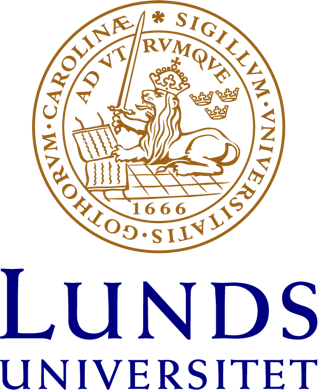Presenting Counterpoints to the Dominant Terrestrial Narrative of European Prehistory
Challenges the terrestrial focus of European prehistory, emphasizing the significance of seascapes, maritime networks, and coastal societies in shaping prehistoric Europe.For many years now, the main thrust of European prehistory has followed a fundamentally terrestrial plot line. This terrestrial paradigm has undervalued the story of Europe as a peninsula between the Baltic, Mediterranean and Atl
